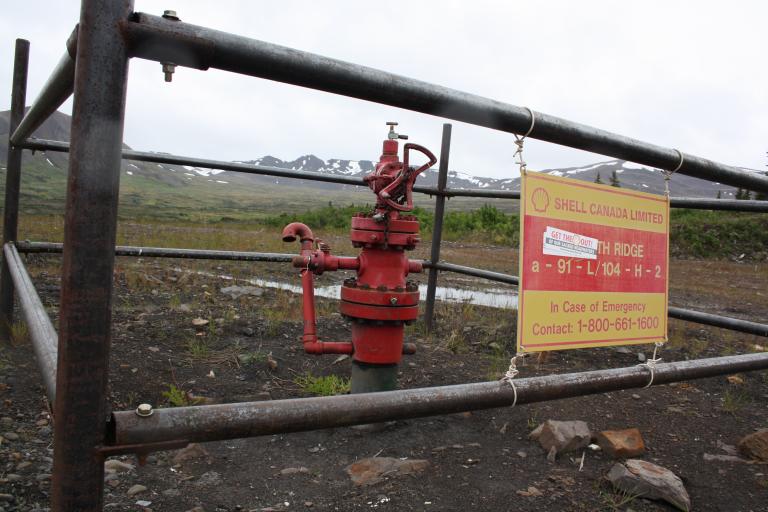Send your question to Umbra!
Q. The holidays are coming, and with them, lots of pies. Pies that go better with whipped cream. I use a foamer bottle to make whipped cream, quickly, easily, and with far less mess than doing it by hand or with a stand mixer. But I just realized: The cartridges I use are CO2! So I’m using a greenhouse gas just to make whipped cream! I’m feeling ridiculously guilty. Is it really all that much? How much CO2 would be released generating the electricity to power a mixer to do the same thing?
Steve, a.k.a. Grossly Conflicted about a Minuscule Part of My Life!
A. Dearest Steve,
Welcome. You’re among friends here. I wouldn’t have a column if not for people grossly conflicted about minuscule parts of their lives.
I must start by breaking the news that the situation is worse than you think: The cartridges (also called chargers) you’re using in your whipped-cream foamer are most likely filled with nitrous oxide, not carbon dioxide. Nitrous oxide is fat-soluble, so it easily dissolves into a can of cream, then expands when you press the handle, “whipping” its contents into the perfect pie topping. Carbon dioxide, on the other hand, would net you unpalatable-sounding carbonized cream.
Nitrous oxide also has a few aliases, Steve. It goes by laughing gas when used for pain relief, whippets when inhaled to get high (a very bad idea, by the way), and, most nefariously, potent greenhouse gas when we’re talking about climate change. N20 hangs around in the atmosphere for about 120 years before being broken down or absorbed, and just one pound of the gas packs the planet-warming power of more than 300 pounds (!) of carbon dioxide.
Luckily, N20 accounts for just about 5 percent of human-caused greenhouse gas emissions, mainly from the use of nitrogen-based fertilizers, car exhaust, and other fossil fuel combustion. (It’s also a natural byproduct of the nitrogen cycle.) And “product uses” of nitrous oxide — a category that includes anesthesia, manufacturing, and whipped cream canisters — together totaled less than 0.1 percent of U.S. greenhouse gas emissions in 2011. So while that sugary poof on top of your holiday pie does have some impact on the climate, it’s a very, very small one.
In the grand scheme of things, comparing your N20 chargers to whipping cream in a stand mixer is splitting hairs, but sometimes hair-splitting is fun, so here goes: According to this handy formula, a 250-watt stand mixer running for two minutes uses 0.0083 kilowatt-hours of electricity, which this handy calculator tells me is equal, emissions-wise, to 0.0007 gallons of gasoline burned in a car. That same calculator tells me that the eight grams of N20 in your whipped cream charger equal 0.278 gallons of gas. So, strictly speaking, it would be better to invest in that mixer after all. You’d do still better (and preemptively work off a few of those pie calories) to hand-whip your cream, a laborious and messy — but fun and emissions-free — endeavor.
But Steve, I’m no Grinch, and I’m not going to tell you to feel guilty about a few puffs of whipped cream on your pies. Cutting this luscious treat out of your life would have a meager impact indeed on the world’s N20 emissions — much, much (much!) less than reducing your use of gas-chugging vehicles, for example. If you can’t bear to hand-whip your cream this season, slash your driving and take the bus or bike instead this week. It’s wonderful to examine our behavior with a critical eye, but let’s also keep things in perspective.
Nitrogenically,
Umbra




